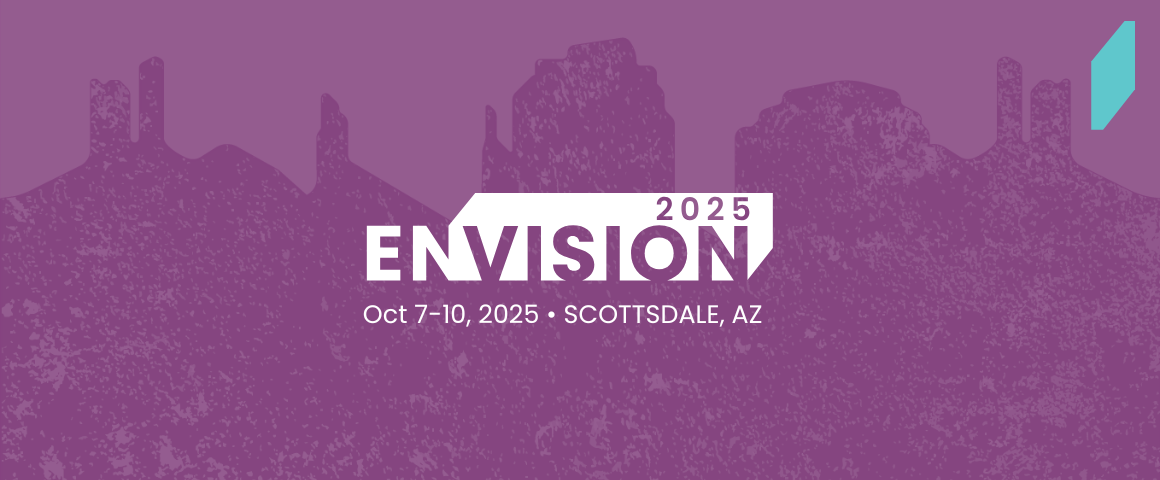
The Legal AI Reality Check: What Carnegie Mellon’s Summit Revealed About Hype vs. Progress
Last week, on invitation from Manish Agnihorti, I joined 200 legal professionals, AI researchers, and legal operations leaders at Carnegie Mellon University for the Pittsburgh Legal AI Summit sponsored by Coheso. Walking into the event, I expected the usual mix of vendor enthusiasm and cautious optimism that characterizes most legal tech gatherings. What I got […]









